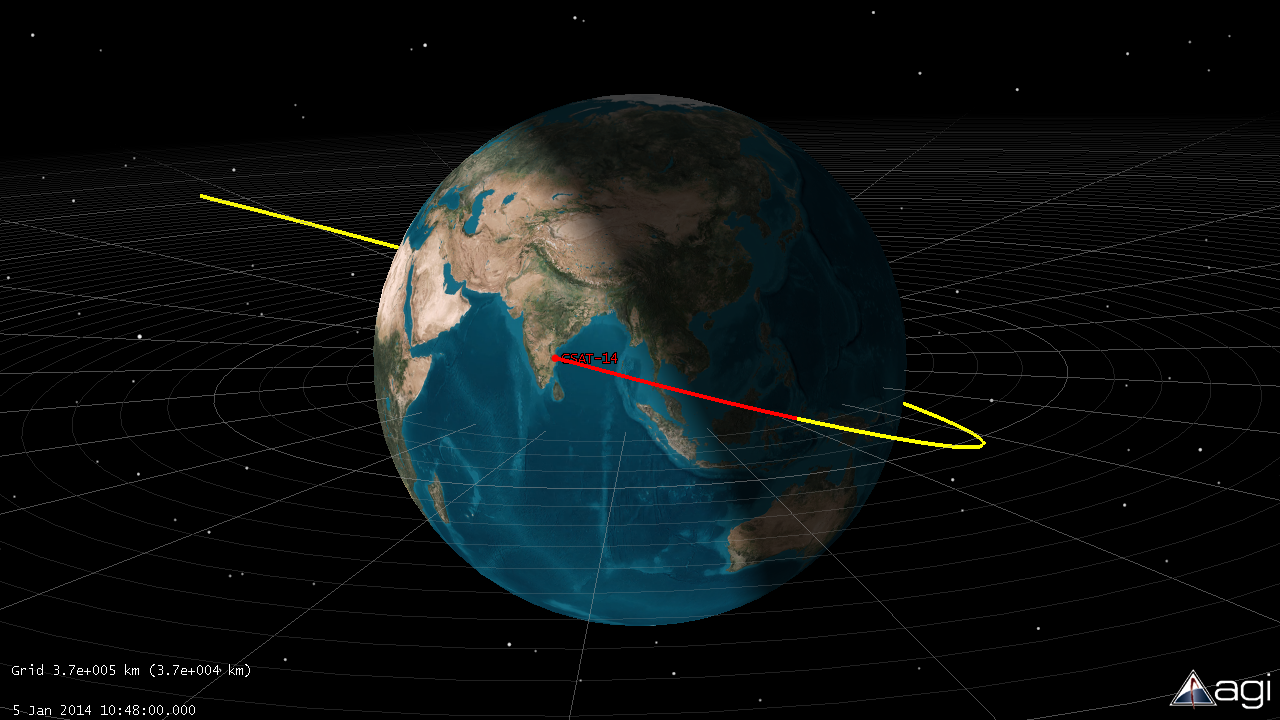

The inclination is either right to the equator or zero. The geostationary orbit can be built by geosynchronous orbit with zero eccentricity. In the 1976 Bogotá Declaration, eight countries located on the Earth’s equator claimed sovereignty over the geostationary orbits above their territory, but the claims gained no international recognition. From healthier orders for large satellites to software-defined payloads, microsats, multi-orbit service and a key role in the data relay networks of the. The new IADC SDM guideline ensures that valuable real estate in the geostationary orbit is freed for future use, interference with active satellites is. The geostationary orbit concept was proposed by Arthur C. These disputes are addressed through the International Telecommunication Union’s allocation mechanism. Geostationary satellites orbit the earth above the equator with a single satellite capable of providing coverage over approximately one-third of the earth's surface. This has led to conflict between different countries wishing access to the same orbital slots (countries near the same longitude but differing latitudes) and radio frequencies. The geostationary orbit typically provides coverage from 20 degrees north latitude to 20 degrees south latitude. The requirement to space these satellites apart to avoid harmful radio-frequency interference during operations means that there are a limited number of orbital “slots” available, thus only a limited number of satellites can be operated in geostationary orbit. Both satellite systems have unique characteristics and produce very different. Satellites in geostationary orbit must all occupy a single ring above the Equator. There are two types of weather satellites: polar orbiting and geostationary. A geostationary transfer orbit is used to move a satellite from low Earth orbit (LEO) into a GEO. From 22,000 miles above the Earth, geostationary satellites now provide scientists the opportunity to create stunning natural color images of global weather. Most commercial and military communications satellites and broadcast satellites operate at GEO. The problem of a possible satellite collision due to the geostationary orbit decay is examined in view of the increasing number of geostationary satellites.


 0 kommentar(er)
0 kommentar(er)
